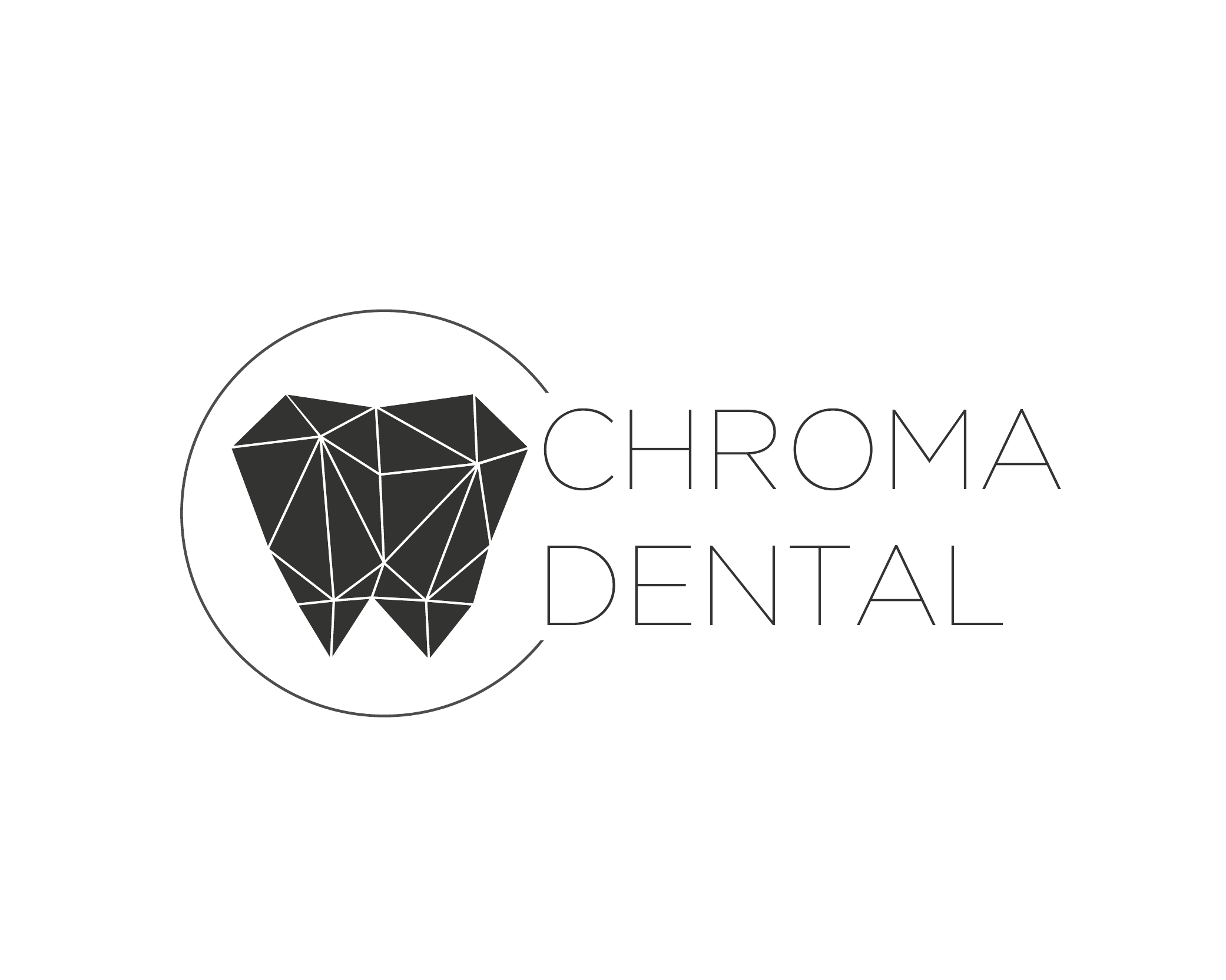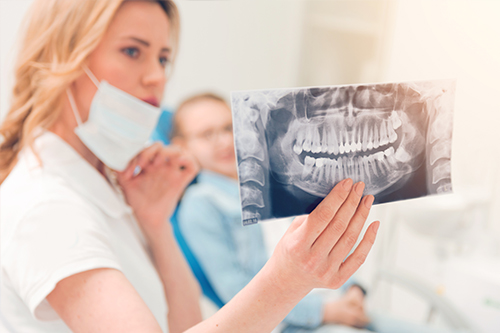When to Seek Immediate Dental Care
Dental problems do not always follow a schedule. Sharp pain, sudden swelling, uncontrolled bleeding, or a tooth that is knocked out or visibly fractured are clear signs that prompt attention is needed. Even issues that seem minor at first — a persistent ache, an odd taste in the mouth, or a new lump or sore that does not improve — can be the start of a more serious condition. When in doubt, it’s better to have a professional evaluate the situation sooner rather than later.
Emergency dental care focuses on relieving pain, protecting oral structures, and preventing complications. Quick intervention can often preserve a tooth that might otherwise be lost, limit the spread of infection, and reduce the need for more extensive treatment later. Triage begins by identifying life‑threatening concerns (such as difficulty breathing or severe facial swelling) and then moves to urgent but non‑life‑threatening issues like broken teeth, acute infections, and severe toothaches.
Recognizing the difference between discomfort and true dental emergency is important. Severe, persistent pain, swelling that affects breathing or swallowing, and bleeding that won’t stop should be treated immediately. Other problems — like a small chip without pain or a loose restoration that’s not causing symptoms — still warrant timely care but may be managed after urgent needs are addressed.
How Our Team Evaluates Urgent Oral Problems
Effective emergency treatment starts with a systematic evaluation. We listen carefully to your history of the problem — when it began, how it changed, and what makes it better or worse — then perform a focused clinical exam. Our clinicians use visual inspection and hands‑on assessment to determine the source of pain or dysfunction and to prioritize interventions.
Diagnostic imaging plays a key role in understanding the extent of damage. Digital radiography, intraoral cameras, and, when necessary, 3D CBCT imaging allow us to see beneath the surface and spot fractures, root problems, abscesses, and bone involvement that are not always visible during a standard exam. These tools support faster, more accurate decisions about immediate treatment and longer‑term planning.
We also assess overall health factors that can affect emergency care, including medications, chronic medical conditions, and allergies. This context helps us choose safe analgesics, determine whether antibiotics are appropriate, and decide if treatment should be coordinated with a physician or a specialist. The goal is a clear, efficient plan that addresses pain and preserves oral health.
Common Emergency Treatments and What to Expect
Treatments vary based on the nature of the emergency. For severe toothaches caused by deep decay or inflammation of the tooth’s nerve, we often begin by controlling pain and infection, then recommend definitive treatment such as root canal therapy when appropriate. Root canal treatment aims to remove infected tissue and save the natural tooth, and it commonly yields durable, long‑term results when performed promptly and correctly.
For fractured or chipped teeth, immediate steps often involve smoothing rough edges, applying a temporary protective bonding, and planning for a definitive restoration such as a crown or veneer to restore form and function. Dislodged crowns and fillings can frequently be re‑cemented or replaced to protect the underlying tooth structure and reduce sensitivity.
Dental infections and abscesses require urgent attention to control spread and discomfort. That may include incision and drainage, antibiotics when indicated, and treatment of the source tooth — either through root canal therapy or extraction if the tooth cannot be saved. In cases where a tooth is severely compromised, a carefully performed extraction can be the safest option, followed by a restorative plan to replace the missing tooth and restore chewing function.
Other urgent needs we handle include repair of broken or ill‑fitting dentures, management of problematic wisdom teeth causing acute pain, and treatment of soft‑tissue injuries to the lips, tongue, and cheeks. Regardless of the procedure, our priority is to stabilize the situation, relieve symptoms, and create a clear next‑steps plan for recovery and restoration.
Stabilization and First‑Aid Guidelines You Can Use Right Away
Immediate, simple steps can make a big difference before you reach professional care. If a tooth is knocked out, handle it by the crown (not the root), rinse it gently with water if dirty, and try to reinsert it if possible — otherwise, keep it moist in milk or saline and seek care quickly. The chance of saving a tooth is highest when reimplantation takes place soon after the injury.
For bleeding, apply gentle pressure with clean gauze or a tea bag and hold it in place for 10–20 minutes. Cold compresses applied to the outside of the cheek can reduce swelling and provide pain relief for the first 24 hours. Avoid placing pain relievers directly on the gums or teeth and do not use heat on a swelling that may indicate infection.
Toothaches often respond to conservative measures while you arrange a visit: rinse with warm salt water, use dental floss to remove trapped debris, and take over‑the‑counter pain relief according to package instructions if it’s appropriate for you. However, persistent or severe pain, swelling that worsens, or systemic symptoms such as fever call for prompt professional evaluation rather than prolonged home care alone.
What Sets Our Urgent Care Approach Apart
Our practice blends rapid response with a focus on long‑term health. In addition to calm, skilled emergency handling, we emphasize diagnostic precision and patient comfort. Minimally invasive techniques and modern restoratives help preserve natural teeth whenever possible, while coordinated care pathways ensure patients receive timely follow‑up for definitive treatment and rehabilitation.
We support emergency care with advanced technologies — digital imaging for accurate diagnostics, intraoral cameras for comprehensive documentation, and contemporary restorative materials for durable repairs. These resources help shorten diagnosis time, improve treatment predictability, and make appointments more efficient for patients facing discomfort or anxiety.
Beyond technical capability, our approach is patient‑centered: clear explanations, realistic expectations, and individualized treatment plans that consider your overall health and lifestyle. Whether you arrive with sudden trauma, a painful infection, or a broken restoration, the focus is the same — stop the pain, protect oral structures, and restore function so you can return confidently to everyday life.
In summary, dental emergencies require timely, competent care to control pain, limit damage, and prevent complications. If you experience a sudden oral injury, severe tooth pain, swelling, or bleeding that doesn’t stop, seek professional evaluation right away. The team at Chroma Dental and our office staff are prepared to triage and treat urgent problems using modern diagnostics and patient‑focused protocols. Contact us for more information or to arrange an urgent appointment — we’re here to help restore comfort and protect your oral health.





